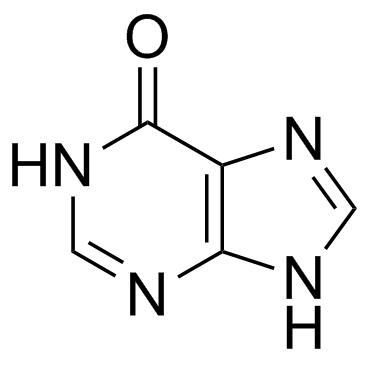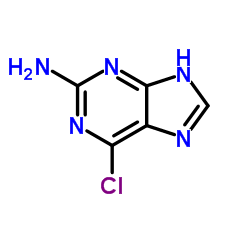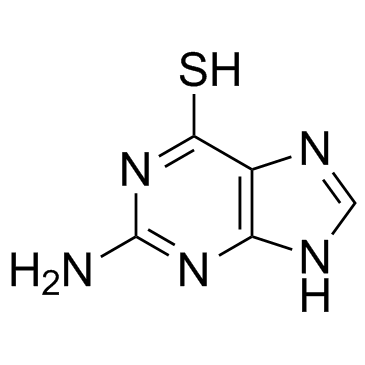| Structure | Name/CAS No. | Articles |
|---|---|---|
 |
Hypoxanthine
CAS:68-94-0 |
|
 |
Guanine
CAS:73-40-5 |
|
 |
2,6-Dihydroxypurine
CAS:69-89-6 |
|
 |
2-Amino-6-chloropurine
CAS:10310-21-1 |
|
 |
6-Thioguanine
CAS:154-42-7 |